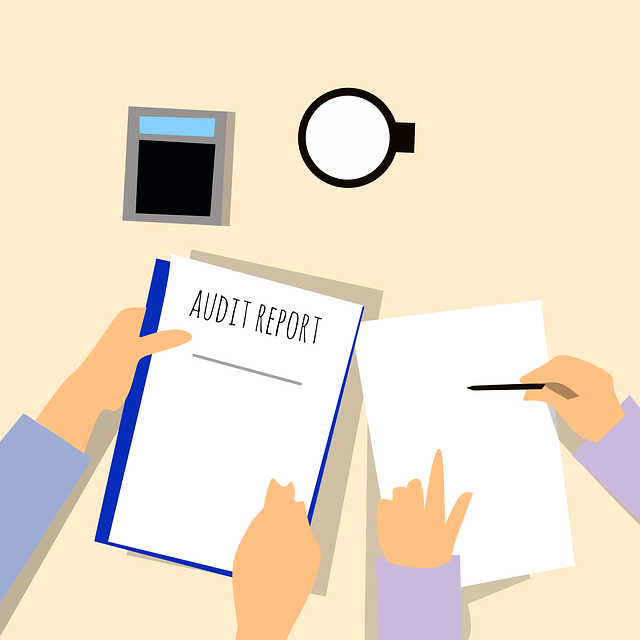Comprehensive SEO Audits analyze website links to enhance visibility and rankings. By evaluating link quality, quantity, and relevance, audits reveal critical insights for search engines. This process identifies high-quality backlinks from reputable sources, while flagging spammy or low-quality links for disavowal. Internal linking structure optimization improves user experience and search engine accessibility. Regular audits guide strategic link building, ensuring robust profiles for long-term SEO success in a competitive digital landscape.
In the digital landscape, comprehensive SEO audits are essential tools to unlock search engine potential. Backlink SEO audits, in particular, play a pivotal role in enhancing online visibility. This article guides you through the intricacies of these audits, covering key aspects like identifying high-quality backlinks, analyzing link profile strength, and uncovering toxic links. By mastering these techniques, you’ll gain valuable insights to optimize your site’s structure, improve search rankings, and stay ahead in today’s competitive digital arena.
Understanding Backlink SEO Audits

Backlink SEO audits are a crucial component of comprehensive SEO audits, focusing on evaluating and analyzing the backlinks pointing to a website. Backlinks, or incoming links from other websites, significantly influence a site’s search engine rankings. A thorough audit involves examining the quality, quantity, and relevance of these backlinks to ensure they align with best practices and guidelines set by search engines like Google.
By delving into this aspect, marketers and SEO professionals can uncover valuable insights into how external sites perceive and connect to their own. This process helps identify any problematic or low-quality links that could negatively impact a website’s authority and performance in search results. Ultimately, a well-conducted backlink audit is essential for maintaining and improving a site’s online visibility and overall SEO health.
Identifying High-Quality Backlinks

Identifying high-quality backlinks is a crucial aspect of any comprehensive SEO audit. These links are vital assets that signal to search engines the authority and relevance of your website. When conducting an audit, pay close attention to the source and nature of backlinks. High-quality backlinks typically come from reputable, relevant, and influential websites within your industry or niche. They often provide unique, valuable content that naturally attracts links from other sites.
A comprehensive SEO audit should analyze the anchor text used in these backlinks, ensuring it aligns with your website’s topics and avoids generic keywords. It’s also essential to check for a diverse link profile—a mix of different types of backlinks from various domains can indicate a robust online presence. Keep an eye out for signs of spammy or low-quality links as well, which can negatively impact your search engine rankings.
Analyzing Link Profile Strength

Comprehensive SEO audits often begin with a deep dive into the link profile strength. This involves analyzing the quantity and quality of backlinks pointing to your website. A strong link profile indicates that your site is valued by other online sources, boosting its authority in search engine rankings. By examining where these links are coming from—whether they’re from reputable, relevant websites or dubious, low-quality sources—you can identify areas for improvement.
This process also helps uncover any toxic links that could be negatively impacting your SEO. Such links can stem from spammy sites or untrusted domains and should be disavowed to protect your site’s integrity. A healthy link profile is a cornerstone of successful SEO, as it signals to search engines that your website offers valuable content worthy of top placement in search results.
Uncovering Toxic or Spam Links

Uncovering toxic or spam links is a critical aspect of comprehensive SEO audits. These harmful links can damage your website’s reputation and negatively impact its search engine rankings. During an audit, SEO professionals meticulously scrutinize every inbound link to identify any suspicious or low-quality sources. Tools like Google Search Console and specialized backlink checkers assist in this process by providing insights into the anchor text, referring domains, and link context.
By analyzing these factors, experts can quickly flag links originating from questionable websites, automated directories, or other spammy networks. Once identified, these toxic links should be disavowed to prevent search engines from associating them with your site. Regular backlink monitoring ensures that any new spammy links are addressed promptly, helping to maintain a clean and high-quality link profile essential for long-term SEO success.
Assessing Link Acquisition Strategies

Comprehensive SEO audits offer a deep dive into a website’s backlink profile, revealing crucial insights about link acquisition strategies. By examining every inbound link, professionals can identify high-quality sources and pinpoint areas for improvement. This involves assessing the diversity of anchor text used to gain an understanding of how search engines perceive the site’s authority.
Audits also uncover any low-quality or spammy links that could be negatively impacting a website’s rankings. With this information, SEO strategists can tailor campaigns to acquire more relevant backlinks, ensuring a robust and healthy link profile that supports long-term growth and enhances overall search engine visibility.
Evaluating Internal Linking Structure

A crucial aspect of comprehensive SEO audits is meticulously evaluating the internal linking structure of a website. This involves assessing how pages are interconnected, which directly impacts user experience and search engine crawling efficiency. A well-optimized internal linking strategy ensures that pages within a site are logically organized and easily accessible to both users and search engines.
During this process, experts analyze anchor text usage, link placement, and the overall architecture of the site’s navigation. By identifying weaknesses in the internal linking structure, such as broken links or sparse interlinking, SEO professionals can make data-driven recommendations for improvement. This ensures that each page has relevant inbound links, contributing to better search engine rankings and improved user engagement.
Optimizing for Better Search Rankings

Comprehensive SEO audits play a pivotal role in optimizing websites for enhanced search rankings. By meticulously analyzing every aspect of a site, from technicalities like crawlability and mobile-friendliness to content quality and user experience, these audits uncover areas that require improvement. This data-driven approach allows for targeted adjustments that not only fix existing issues but also leverage opportunities to gain a competitive edge in the digital landscape.
Through backlink analysis, one of the key components within an audit, professionals can identify high-quality links driving traffic and authority. This helps in understanding the current link profile and pinpointing areas where strategic link building initiatives can be tailored to strengthen the site’s authority. As search engines like Google increasingly prioritize user experience and valuable content, comprehensive SEO audits ensure that a website is not only visible but also relevant and engaging for its target audience.
